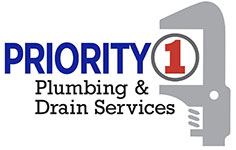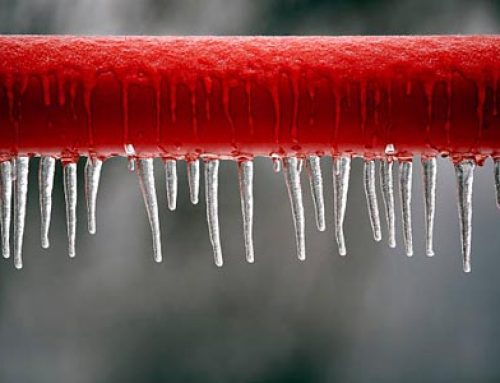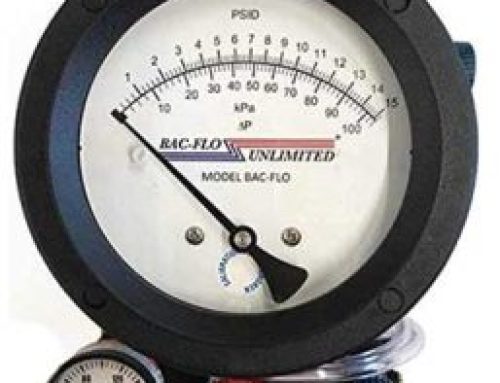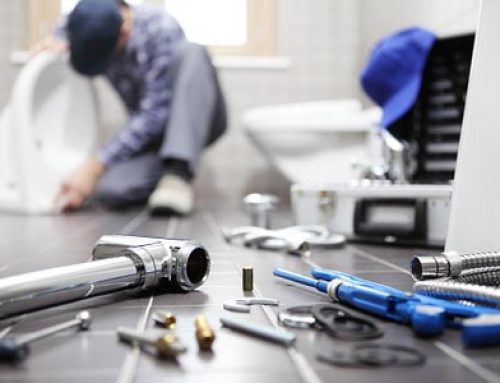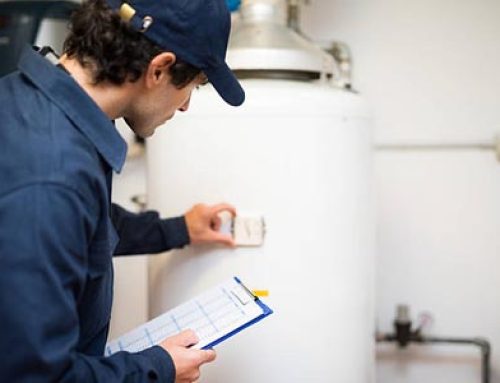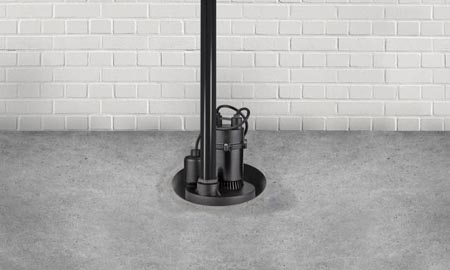
Basement flooding can be a nightmare for any homeowner. It can endanger the health and safety of your family members and cost you a lot of money in property damage. The good news is that you can dramatically lower the chance of basement flooding and keep your house safe by adhering to a few easy sump pump maintenance tips.
In this article, we’ll share three essential tips to help you maintain your sump pump and keep your basement water-free. So, let’s get started!
3 Crucial Tips for Sump Pump Maintenance
Know How Your Sump Pump Functions
Understanding how your sump pump works is the first step in maintaining it in peak functioning condition. You can spot problems early on and take care of them before they develop into bigger ones by being aware of your sump pump’s strengths, limitations, and requirements.
For starters, there are a few essential details you should be aware of, like the average age of your pump. Sump pumps older than seven years are typically more prone to issues and may need more frequent servicing.
Also, you should be mindful of any current problems that you should be on the watch for and know where to purchase new components should you need them. Take a glance at the motor to see if the model number is mentioned to determine the make and model of your sump pump.
If not, start by determining the pump’s brand. Knowing what kind of sump pump you have is crucial since each has different maintenance requirements.
Look Out for Problematic Signs
Like any mechanical device, your sump pump will display signs that it requires maintenance or replacement. Here are a few of the warning signs you should be aware of:
- Strange noises emanating from the pump could indicate that specific components have become worn out.
- Rattling or grinding sounds could indicate that the impeller is jammed or damaged.
- Excessive vibration from the motor could indicate that the impeller has become bent or deformed.
- Switching the sump pump repeatedly on and off could mean the internal wiring is malfunctioning.
- If you spot oil leaking from the pump, it will likely fail soon.
Should you notice any of these warning signs, it’s best to contact a professional immediately to have the sump pump examined. A qualified plumber will determine if the pump requires maintenance or needs to be replaced entirely. Ignoring these symptoms could lead to more severe and costly issues.
Keep the Machine Covered
Keeping your sump pump clean is essential to maintaining its efficiency and functionality. One way to minimize the amount of debris, lint, and sediment accumulating in the sump pit is by ensuring it has a proper covering.
A tightly fitting cover with minimal holes for wires, drainage pipes, and stands (in the case of pedestal sump pumps) will effectively prevent larger debris from falling into the pit.
While covering your sump pump doesn’t eliminate the need for regular cleaning, it significantly reduces the amount of debris you’ll have to clear out of the pit. As a result, you’ll spend less time maintaining your sump pump.
In conclusion, routine sump pump maintenance can avoid costly future repairs while preventing basement flooding. If you are not confident in your ability to maintain your sump pump, it’s always a good idea to get in touch with a plumbing professional!
